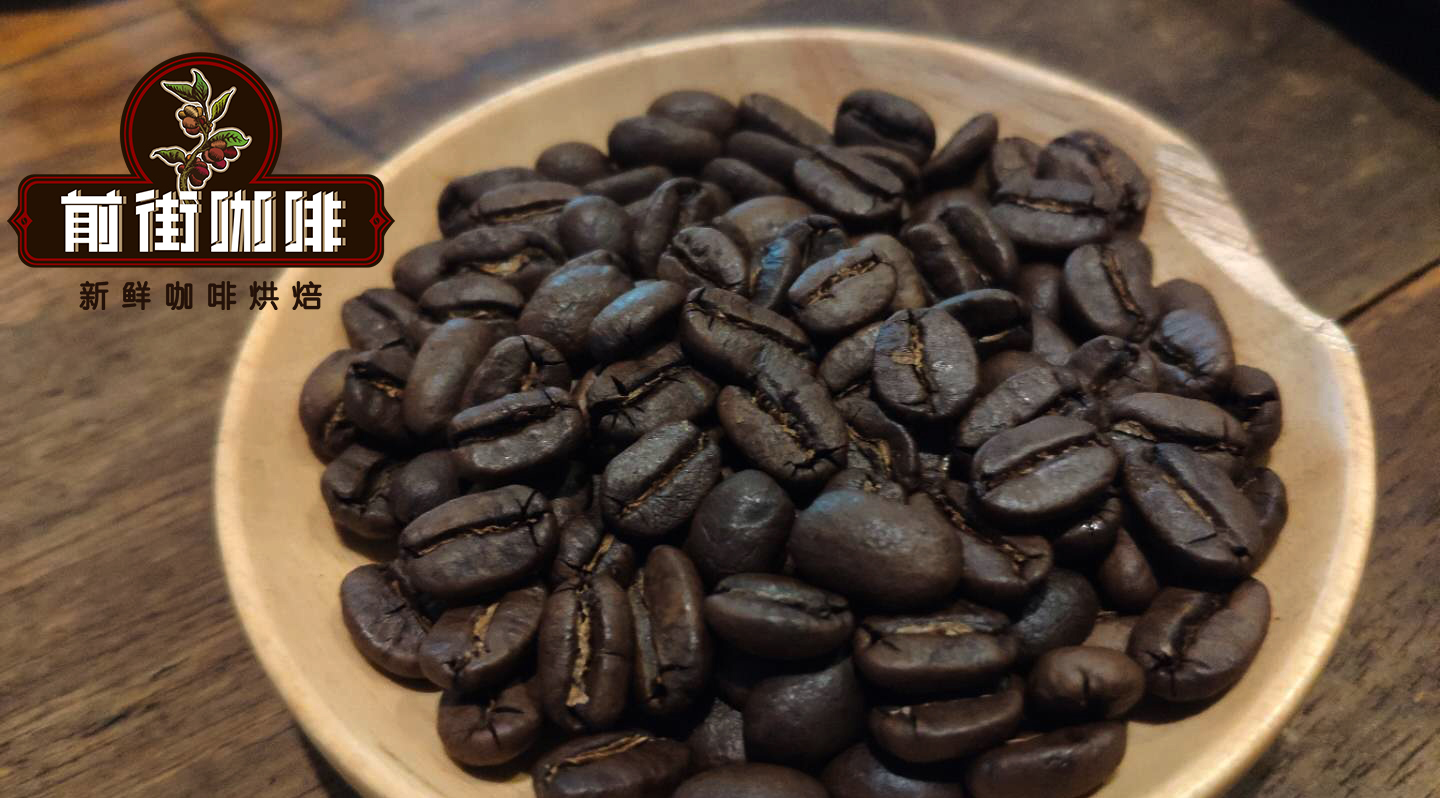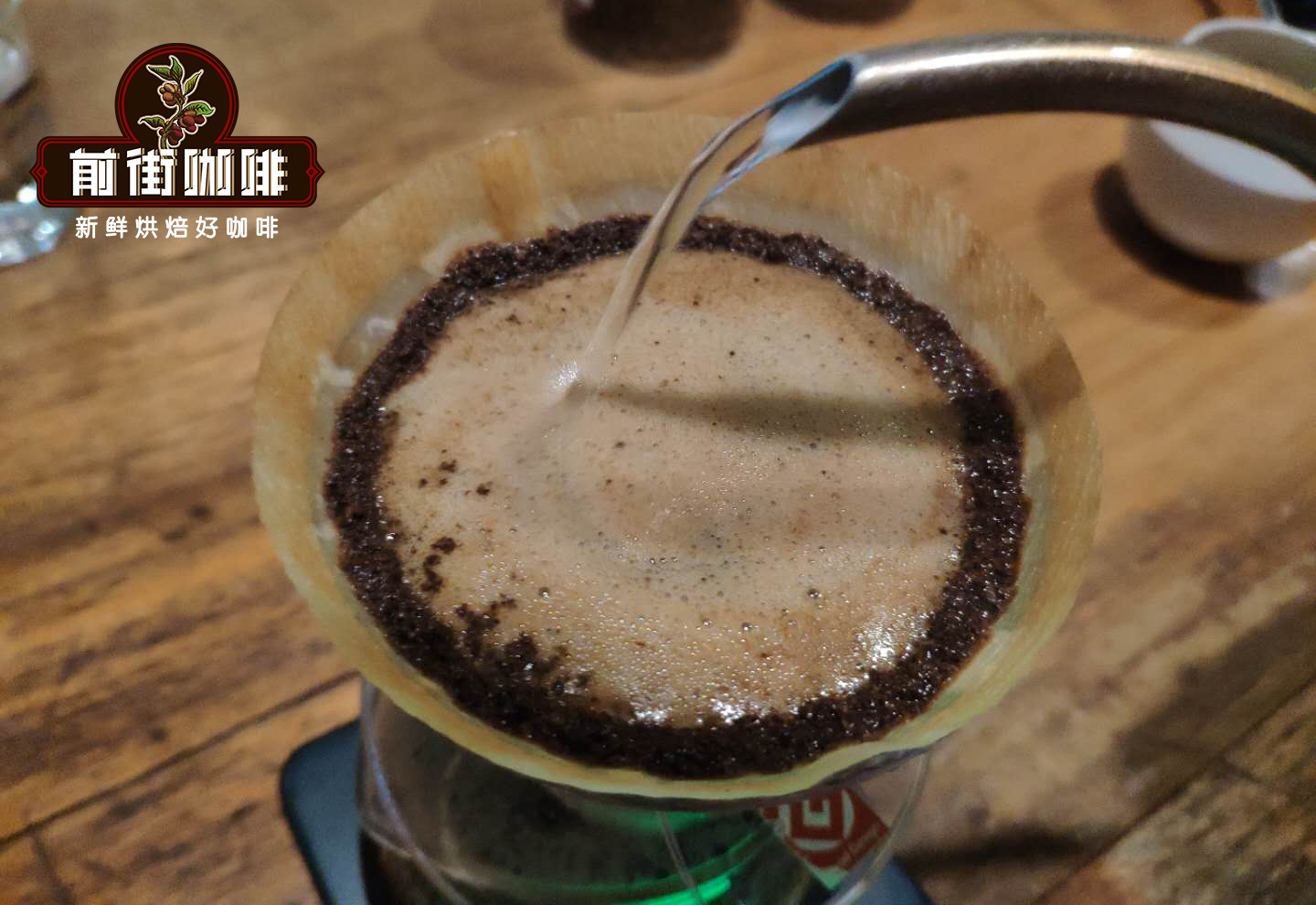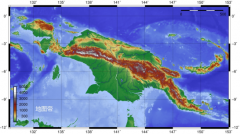How to identify the varieties of coffee beans? What is the basis for the differences between coffee varieties?

Every day, producers, traders, roasters and consumers are looking for different varieties of coffee. Each variety has its own unique cup profile, as well as many other personality traits.
Farmers seek different varieties, not just quality, for many different reasons. They can also consider, for example, disease resistance or yield.
In addition, different varieties will meet the needs of different producers. Producers with less money available, for example, often turn their attention to varieties that need more fertilizer.
Unfortunately, sometimes coffee varieties are inadvertently mistaken and spread. This occasional mislabeling has made some members of the coffee supply chain suspicious of certain varieties.
I contacted three coffee industry experts to learn more about how to identify coffee seeds, how to misclassify them, and how to solve the problem.
Internal seed structure: how seeds are handled in different countries
Each origin has a so-called seed structure or seed system. This covers everything from the way seeds are sold to how producers plant seeds in the nursery before sowing. The internal seed system also covers variety verification.
The treatment of seeds varies from place to place. However, one of the main problems with some internal seed structures is the lack of transparency and traceability. When the seed structure is more transparent and more information is available, producers will feel more comfortable buying the right, correctly marked varieties.
Kraig Kraft is director of Asia and Africa for World Coffee Research (WCR). Although countries like Colombia and Brazil have good internal seed structures, "many places of origin actually have no structure and traceability to verify that what you think you are buying is actually what they say," he said.
In Peru, sales depend largely on the trustworthy relationship between sellers and experienced local producers. Eric Jhala (Eric Jara) of the Alpine Andino Association told me that producers usually prepare their own seeds and sell them to locals at a reasonable price because certified seeds are expensive.
"the production members of the cooperative usually provide them with an engineer and they will provide advice on quality, seed preparation, seed acquisition, and so on," he said. "
Benjamin Weiner (Benjamin Weiner) of Kingsoft Coffee growers told me that in Nicaragua, there is internal seed structure validation, but access to this information is limited.
Ben added that he had complete traceability information about his variety and had seed varieties in the "Museum" of Finca Idealista coffee varieties in Matagalpa, Nicaragua. This gives producers the opportunity to buy from trusted seed sellers.

Why is it difficult to verify the variety of coffee?
One of the biggest obstacles to accurate classification of varieties is the lack of access to industry information. "if someone wants to use WCR to verify Castillo varieties, it will be impossible," Kraig explained. "
"this is because the National Federation of Coffee growers of Colombia (FNC) is the authority and breeder of the Castillo breed and they do not share the genetic composition [for testing]." Although the Coffee Federation is entitled to this authorization, it complicates producer access to information and testing varieties.
Therefore, this means that producers often cannot guarantee that the products they buy are authentic, thus accidentally planting the wrong varieties.
This means, for example, that if producers buy Castillo seeds but think they are growing geisha plants, they may try to fertilize them six times a year. Although this is suitable for geisha plants, it can overfertilize Castillo plants and may affect their success and yield.
Ben said that because "there are not many institutions carrying out verification, there is a lack of verification in the industry." So verification is usually "based on the experience of the producer," he said.
If producers can test varieties more effectively, they need more access to information. This will help producers feel safe about the varieties they grow and give buyers confidence in the coffee they buy.
DNA testing functionality is also not available to most producers. This means that even if they get the right breed information from an organization such as the federal or WCR, they cannot verify the breed of the coffee factory with 100% certainty.
However, there are ways to get people affected by the problem to start using existing tools and information to solve the problem.

How to solve the problem of producer
By establishing best practices in the nursery of coffee farms, producers can reduce the inadvertent circulation of misunderstandings and "fake" varieties. It also gives them a better understanding of the varieties they are growing.
First, producers should ensure that they have access to quality information to implement these practices. WCR's good practices guide is readily available and details good seed and nursery techniques. Among other things, they provide insights on the following areas:
The legality of buying and selling seeds
Genetic characteristics / integration of bought and sold varieties
Good nursery management
When producers do not have access to DNA testing and verification information, producer-led cupping is another way for producers to learn about different varieties. With limited resources, it is important to "have a continuous cup of coffee to understand the sensory aspects of [different] varieties," Ben said.
Cupping can help producers better understand what they are looking for when verifying certain varieties and help them solve buyers' questions. However, it is important to remember that you often cup mixed varieties in your coffee, so you need full traceability first to help with sensory identification in the future.
Although varieties are usually only inadvertently recognized, more attention to best practices in nurseries will reduce the frequency of this. Over time, it will also lead to greater trust and improved traceability for those who buy products from producers.
At present, tools for rapid and accurate variety identification are usually not readily available or affordable in the country of origin. Instead, producers should focus on learning using the tools available. This will be their chance to minimize accidental labeling.
Important Notice :
前街咖啡 FrontStreet Coffee has moved to new addredd:
FrontStreet Coffee Address: 315,Donghua East Road,GuangZhou
Tel:020 38364473
- Prev

Characteristics of coffee bean flavor in Guatemala boutique coffee producing area-Vivetnam fruit producing area
For more information on coffee beans, please follow the Coffee Workshop (Wechat official account cafe_style) Guatemala borders Mexico to the north, Honduras and El Salvador to the south, the Caribbean to the east and the Pacific Ocean to the west, enjoying tropical rain forests, volcanic geology, plateau valleys and ever-changing microclimate. Among the Guatemalan coffee beans on the front street
- Next

Papua New Guinea Paradise Bird Manor Coffee beans Little Blue Mountain, known as the flavor of Paradise Bird Coffee beans
Professional coffee knowledge exchange more information about coffee beans Please follow the coffee workshop (Wechat official account cafe_style) Papua New Guinea is a country familiar to coffee lovers but unfamiliar to coffee lovers. Many people have heard of Papua New Guinea coffee, but they drink very little. Many lovers who have drunk coffee from Papua New Guinea will describe it as a feeling with the Blue Mountains.
Related
- Beginners will see the "Coffee pull flower" guide!
- What is the difference between ice blog purified milk and ordinary milk coffee?
- Why is the Philippines the largest producer of crops in Liberia?
- For coffee extraction, should the fine powder be retained?
- How does extracted espresso fill pressed powder? How much strength does it take to press the powder?
- How to make jasmine cold extract coffee? Is the jasmine + latte good?
- Will this little toy really make the coffee taste better? How does Lily Drip affect coffee extraction?
- Will the action of slapping the filter cup also affect coffee extraction?
- What's the difference between powder-to-water ratio and powder-to-liquid ratio?
- What is the Ethiopian local species? What does it have to do with Heirloom native species?

